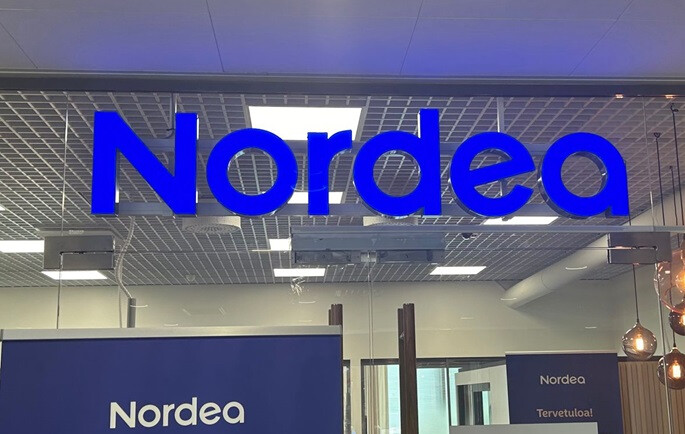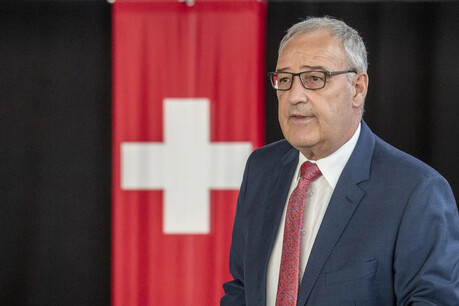

Helsinki, Finland - The Finnish economy is experiencing modest growth, but the economic cycle remains weak, according to a recent economic outlook report published by Nordea. While consumer purchasing power is improving and interest rates are falling, consumer sentiment remains cautious.
The housing market, which had been contracting, has stabilized, but excess supply continues to constrain activity. Government finances have deteriorated due to rising prices, interest rates, and wages.
Globally, economic growth is moderate. The United States has seen some momentum following the presidential election, while European growth has lagged. Global economic uncertainty remains high, driven by political developments.
"Central banks are nearing the end of their monetary policy interest rate cuts," noted Helge Pedersen, Nordea Group Chief Economist.
Nordic Outlook: Mixed Signals
Across the Nordic region, uncertain export conditions underscore the importance of domestic demand for future growth.
Denmark: The Danish economy is strong, with controlled inflation, record employment, and robust public finances. However, challenges include low consumer confidence, weak residential construction, and uncertain export prospects. Despite these challenges, solid growth is expected in 2025, supported by rate cuts and increased purchasing power.
Norway: Norway's economy is growing, with low unemployment. Wage growth exceeds inflation, boosting household purchasing power. Rate cuts are expected to stimulate consumption and housing prices. Increased housing construction, fiscal stimulus, and oil sector activity may lead to labor shortages. While inflation is declining, it is not expected to reach the 2% target soon.
Sweden: Domestic demand in Sweden is poised for recovery, driven by lower interest rates and increased household purchasing power. This will lead to an improved labor market. Due to the time lag in the effects of monetary policy, the recovery is expected to strengthen in 2025 and 2026. Inflation remains low, and the Swedish Riksbank is likely to further cut interest rates.
Key Considerations:
Consumer Confidence: A key factor influencing economic growth across the Nordic region is consumer confidence. Despite improving economic conditions, consumer sentiment remains cautious, potentially hindering spending and investment.
Global Uncertainty: Geopolitical risks, trade tensions, and the potential for a global economic slowdown pose significant challenges to the Nordic economies, particularly those with strong export sectors.
Monetary Policy: Central banks in the Nordic region have been actively cutting interest rates to stimulate economic growth. However, the effectiveness of further rate cuts may diminish as the economic cycle matures.
Conclusion:
The Finnish economy is navigating a period of modest growth amidst a backdrop of global uncertainty. While the Nordic region exhibits varying degrees of economic strength, common challenges include cautious consumer sentiment, uncertain export prospects, and the potential impact of global economic headwinds.
[Copyright (c) Global Economic Times. All Rights Reserved.]






























